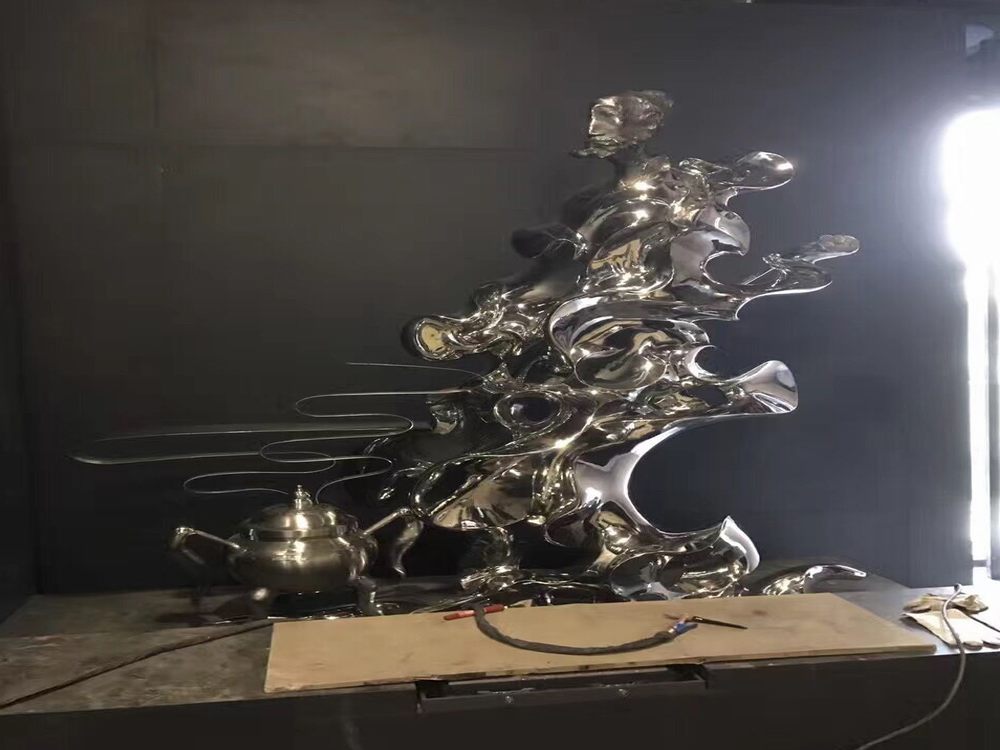
Wood carvings have long been cherished as both decorative and cultural artifacts, but how do they stack up against other art forms in terms of value over time? Unlike paintings or digital art, wood carvings derive their worth from craftsmanship, rarity, and historical significance. While high-profile paintings by renowned artists often dominate auction records, finely crafted antique wood carvings can appreciate steadily due to their scarcity and enduring appeal.
Factors influencing value include the artisan’s reputation, the wood’s quality, and the piece’s age. For example, intricately carved Renaissance-era pieces or tribal artifacts from indigenous cultures often fetch premium prices. However, wood carvings generally don’t experience the same speculative spikes as contemporary art, making them a more stable but slower-growing investment.
Compared to sculptures in bronze or marble, wood carvings may require more maintenance to prevent deterioration, which can affect long-term value. Yet, their organic warmth and tactile beauty ensure consistent demand among collectors. Ultimately, while wood carvings may not rival Picasso’s auction prices, their niche appeal and historical depth make them a timeless addition to any art portfolio.

